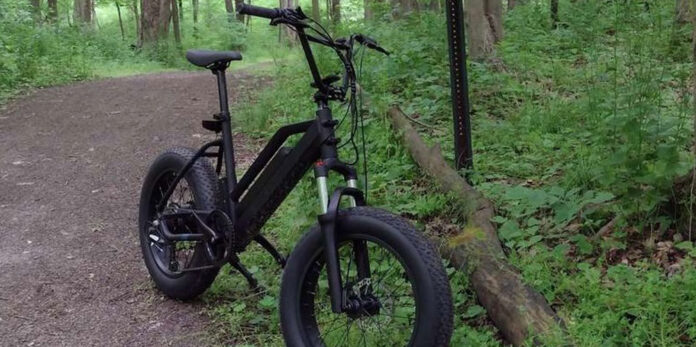E-bikes aren’t just bikes for show. Yes, they look pretty, but like traditional bikes, electric bikes can be powerful and categorized further into urban, all-terrain, cruiser, hybrid, and other e-bike types. If you’re interested in getting a 750W electric bike for yourself, read this guide to learn about ebike classes, motors, batteries, technologies, and other essential features.
E-bike Classes
Regulatory boards and manufacturers define electric bikes as low-speed bicycles with electric motors and fully operational pedals. They are grouped into three classes – class 1 (20 mph), class 2 (20 mph), and class 3 (28 mph), depending on their level of motor assistance (or when the motor kicks in).
Most e-bikes beginners ride are class 1 and class 2 bikes because they’re allowed on most streets and can be used to explore easy bike trails. Class 3 e-bikes are popular with food delivery since they are faster, provide better riding even in uphill terrains, and carry heavier loads.
E-bike Motors & Batteries
Three important things to note with e-bikes are:
- Motors: The more powerful an e-bike’s motor, the better it will cope with traffic. However, a high-powered electric bike (750-watt motor or higher) is bound to burn its battery much faster. If you plan to use the e-bike as an alternative to your mountain bike, ask about motor torque.
- Batteries: Battery capacity (measured in watt-hours or Wh) tells riders the hours the bike can ride with 1 watt of power before it gets low-batt. Some 750W electric bikes are built with multiple batteries simultaneously used, while others can carry two (but use one at a time with the second only for backup).
- Riding range: E-bikes have a 20 to 100 pedal-assisted miles riding range. An e-bike’s range is directly correlated to both the motor and battery.
E-bike Frame and Racks
If you’re new to riding electric bikes, you’re going to feel the weight of the bike. E-bikes are heavier than ordinary bikes, but the motor assistance helps you run smoother.
The frame material used for the e-bike, the number of racks included in the design, its battery, and the motor all contribute to the overall weight of the electric bike.
If you prefer to ride a lighter e-bike, know that although this would result in a better ride, the compromise is reduced riding range.
E-bike Tech and Must-Have Accessories
Here are some components that your e-bike should have:
- Lights: If you’re planning to ride outside your property, lights are safety features you should have.
- Security locks: If you plan to use the e-bike in town and leave it outside, you must be prepared with anti-theft bike locks.
- LCDs: If you love your gadgets, some e-bikes have this mounted on the handlebar for easier viewing of battery life left, miles run, pedal-assist settings, and other info. If you plan to connect a phone app, GPS, and other gadgets, they will likely be added here.
There is no one-size-fits-all electric bike. If you’re shopping around for a 750W electric bike, there’s a good chance you’re interested in riding beyond city limits and running a top speed of 20 to 28 miles per hour.







